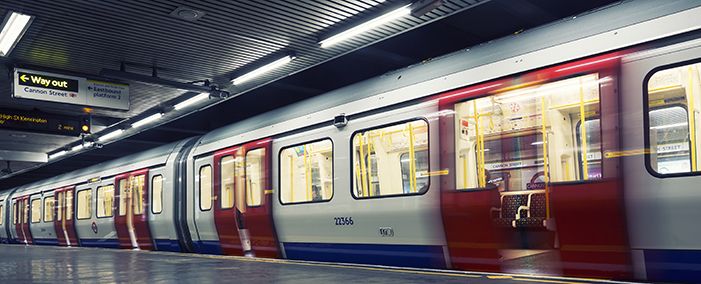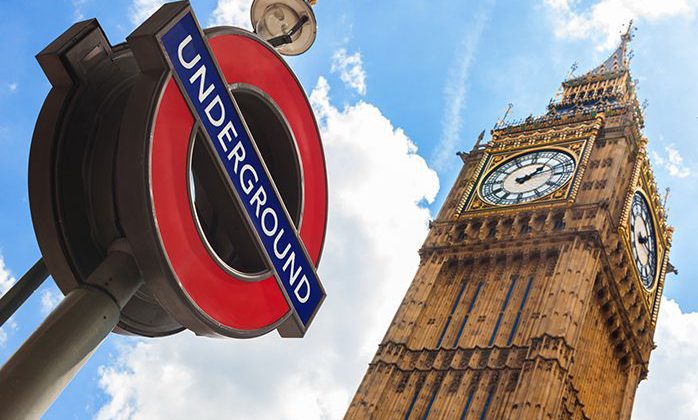Two million people use “The Tube” every day. As the world’s first underground railway, the London Underground has a rich history that touches every aspect of London life. We’ve consulted the local experts to uncover the rich history of the London Underground.
Rain or shine, the London Underground carries millions of passengers every day. People use it to get to work, to visit their family in far-flung neighborhoods, and even just to experience the sights and sounds that make this system iconic.
Nicknamed “The Tube”, the Underground has a history nearly two centuries in the making. It’s time to discover the secret history of the world’s oldest subway.
Beginnings
In the early 1800s, London was a very different place than it is now. Rows of tenement homes hung above the streets, where poor people lived in putrid conditions. Every day they woke up before the sun was in the sky, and had to walk for hours in order to reach their work destination.
This began to change in 1836, when the first overground train into the city was built. It serviced the outlying neighborhoods of London, and while it brought people to the metropolitan center, it did not provide a way for people to travel around the city. So this train did very little to relieve the congested foot travel plaguing the London streets.
Work Begins
It soon became abundantly clear that something needed to change. Politicians and common-people alike recognized that the above ground trains had only created ugly eyesores and expensive construction.

So in 1854, by act of parliament, the London Underground began its construction. However, due to the expensive Crimean War, it took nearly five years for the necessary funding to be raised. The project would ultimately cost 1 million pounds, which is equivalent to over 126,000,000 pounds in today’s currency.
This was one of the largest and most daring public works projects ever embarked upon. And many engineers wanted the chance to build it. Sir John Fowler was eventually named the man for the job, pioneering what he called the “cut and cover” method. This required huge trenches be dug down London streets, and then covered to form tunnels for the trains.
The Underground is Born!
In 1863, construction was finally finished on the London Underground. Powered by steam engines, these trains required special coal and unique technology to run underground. While this was the newest technology at the time, it presented plenty of problems for commuters. The trains would fill with sulphuric smoke, leaving the people inside in coughing fits.
This had little effect, however, on the Underground’s instant popularity. On its first day, the Underground train had more passengers than it could handle, and ultimately had to turn people away. Split among first, second and third class carriages, this was an experience that any Londoner, rich or poor, had the opportunity to experience. In fact, many refused to get off the train until they had rode the route again.
Criticisms
The Underground’s celebrity certainly had its share of detractors. Many decried the costly construction and putrid smells of the trains. Others simply thought that the train would speed up city life to a inhumane, machine-like degree.
No other group had more to complain about than the city’s working poor. Many of their homes were torn up for the project, and they often received little to no compensation for their loss. The Underground had the support of local newspapers, drowning out any complaints from the poor.
For compensation, workers received a discount for their early morning commute. This was a very popular benefit, but did nothing to help those who had lost their homes.
The Underground We Know Today
Despite being a miracle of public infrastructure, the Underground had many, many problems. The sulphur fumes from the coal engine choked passengers in their seats, and the overstuffed carriages could hardly hold all of the customers.
In the 1890’s, we began to see what would become the Underground that we know today. Electric lines replaced the sputtering steam engines, removing the noxious gas that plagued travelers. The dark tunnels were lit up with lights, and the stations were improved to include modern architecture and shops.
In the years following, the Underground would continue to improve. Today, it is an essential part of London life. It services every corner of the city, with stops near every destination. Sure it still has its share of problems, like every public transportation system, but it wouldn’t be London without it.
If you’d like to explore London with an expert guide, check out our great London tours, including Westminster Abbey and the Tower of London.



